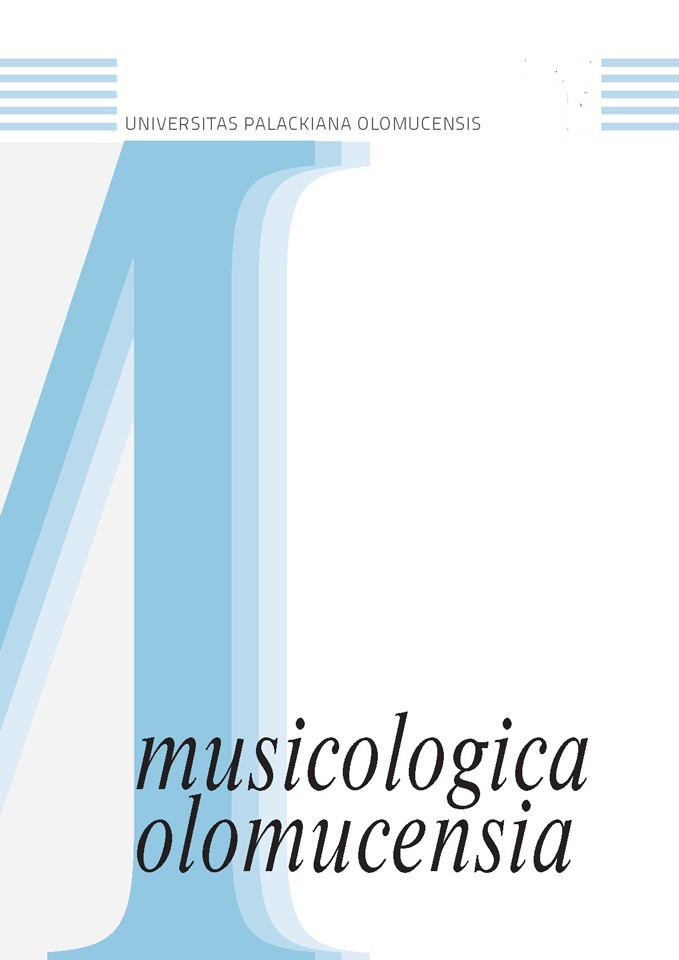Metoda „háku“ aneb jak se také komponuje
Method of a "hook" or a specific way of composing music
Author(s): Jan VičarSubject(s): Music, Aesthetics, Sociology of Art
Published by: Univerzita Palackého v Olomouci
Keywords: hook method; music; composing;
Summary/Abstract: Popular music composers sometimes use a strategy I call method of a “hook” (in the Czech context the term “hook” is meant and probably also understood as slightly ironical). Stephen Citron, a renowned American publicist and an authority on musicals, characterizes the method in his book Songwriting (London, 1986). He defi nes “hook” as “an idea that‚ ‘sings’.” The “hook” motives that can be traced in song writing are typical ideas or ideas of certain distinctive types that make an immediate impression on masses and therefore are commercially successful. Theory of music sees them as phenomena belonging to so called bound melody patterns, as defi ned in Karel Janáček’s Melodika (Melodics, Prague 1956). Miloslav Ištvan, a Czech composer, deals with related issues of easy to remember motives, spontaneity, originality and uniqueness of melodies in his handbook Jednohlas v soudobé hudbě (One voice in contemporary music, Brno 1989). Distinctive motives have always permeated melodies. They can be found in fugues, in folk songs, in famous themes of symphonies and even in recent minimalist musical creations. They can also be traced in Czech hit production of the 20th century. A melodic opposite pole of a “hook” is a classical dodecaphonic series, developing in equal rhythmic values, played in leveled dynamics and spread in a tonal space in a pointilistic way.
Journal: Musicologica Olomucensia
- Issue Year: 9/2007
- Issue No: 1
- Page Range: 231-239
- Page Count: 9
- Language: Czech

